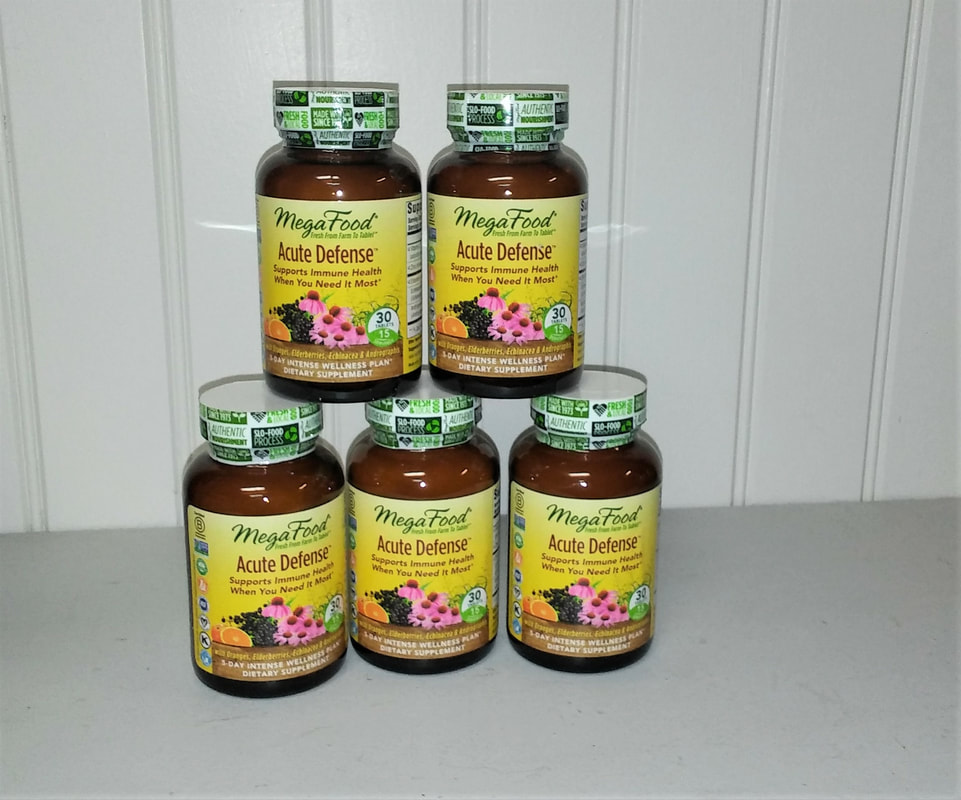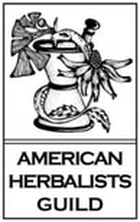|
Chronic disease is scary and sometimes difficult to treat. Sometimes, we cannot accept that cancer can kill; Alzheimer’s can destroy the mind; autism can render a person incapable of independent life. When standard medicine fails our desires or expectations, we might reach for the miracle cure. In our fear and desperation, the Internet offers cures a nebulous, nefarious “they” want to keep out of public reach. You will find many sites touting CBD “cures” - specifically, their CBD, and no-one else’s. How can you sort this fiction and hype from reality? What is proven, provable, and what isn’t? This post will try to give you honest information, not false promises.
Medical research is just beginning to unravel the complex layers of cannabis: how it works and what it treats. Right now, the only condition that has randomized clinical double-blind trials is epilepsy. A cannabis-derived antiepileptic has very recently been approved as a prescription drug. However, there is strong anecdotal evidence from veterans’ groups and cancer patients that cannabis can help with PTSD, nausea, and pain. Mild depression, gut issues, anxiety, stress, and sleeplessness also have good anecdotal evidence. Currently, there are no completed trials that are well structured or in peer-reviewed publications. That said, you also have to be careful of preliminary trials and research. What was fact even a few years ago can change with new research and study very quickly. Let’s stop for a moment. I’m being very careful here and want to make sure you understand the distinction I’m drawing. There is solid evidence that cannabis helps stop epileptic seizures. Anecdotal evidence can be just as compelling, but it does not have the isolated proof that a clinical trial has. Anecdotal evidence is when a substance has been used over a long period of time and/or with a large group of people and produces the same effects for the majority of people taking it. Much of the anecdotal evidence began with medical marijuana, not hemp. However, despite the overall chemical differences, CBD appears to provide similar benefits. Where do the miracle cure claims come from? When researchers try to show whether a substance will do something, they first test it in vitro - in a test tube, a petri dish, a flask. In vitro is from Latin meaning within glass. If researchers have successful results, further testing is eventually in vivo - in a live body. Unfortunately, the majority of successful tests in vitro fail miserably in vivo. A drug might treat mice, dogs, or a petri dish of bacteria but not have positive results in humans. Many of the miracle cure claims stem from preliminary findings that researchers sometimes publish. The reports will state that x chemical had y effect in vitro. Further study and testing are planned. Another problem is assuming an expanded response. That is, if a substance is good for anxiety, focus, and memory, it must therefore be good for dementia. What can you reasonably expect good results for, with CBD? Stress, anxiety, sleeplessness. Moderate or situational depression. Pain, inflammation, gut issues. There are many factors involved, including what is being treated, your constitution and threshold for symptom tolerance. You should also make sure your doctor is on-board. Preliminary evidence shows some positive results for autism spectrum and dementia. I would urge caution as these improvements may be from decreasing anxiety levels rather than treating the underlying issue. There is no clinical trial completed or near completion demonstrating a cure. Additionally, CBD and marijuana are used to offset symptoms of cancer and cancer treatments, such as nausea, fatigue, loss of appetite and pain. However, there is no evidence that is cures, treats, or reduces cancer or cancerous tumors. Lastly, some reports of CBD curing skin issues (like eczema) and scalp/hair treatments may well be from the extract’s high fatty acid content and nutrient-dense components, not the CBD itself. Now that you have a good idea what CBD will and will not do, and what to look for in a good CBD product, you need to consider how you want to take it. Internal, external, capsule or tincture. I do not recommend vaping whatsoever. Ingredients such as propylene glycol do not belong inside a lung – ever. CBD is as well absorbed sublingually or by capsule without any ugly ingredients. Sources www.cancer.govwww.cancer.gov/about-cancer/treatment/cam/hp/cannabis-pdq www.pubmed.govwww.ncbi.nlm.nih.gov/pubmed/ www.consumerreports.com
3 Comments
What’s an assay and why should you dig for it on a CBD website? And what about a certificate of analysis (COA) - isn’t that the same as an assay?
An assay and a COA are not the same thing. An assay will give a complete chemical breakdown - everything in a substance. A COA will give the results of a specific question only. In the case of CBD, a certificate of analysis will typically only show that it meets federal law and has less than .03% THC in the particular batch tested. On the other hand, an assay will show the THC level (all forms), plus all the supporting chemicals (flavonoids, terpenes, all the cannabinoids). A good assay panel will also list all the pesticides and residue contaminants (such as heavy metals), which is excellent information to make sure the produce was grown organically. Good assays and COAs will have the name, address, and contact information for the lab. It will also have the date the testing was performed. Why isn’t it enough just to have a COA? The CBD industry is unregulated. Anyone can make a flashy website and claim they sell only organically grown CBD. A COA only answers one question, usually how much THC is in a given sample. An independent lab analysis, an assay, is how an honest company can be transparent with its customers. Yes, they can have a fake COA or assay. You can always take the next step and call the lab or investigate the lab if you want to. For example, Ravenswood Natural Health currently carries three brands of CBD: Charlotte’s Web, Fountain of Health, and Upstate Elevator. On all three websites, they link to the current batch assays that show chemical makeup, any contaminants, and any THC. The shop also has two other companies that produce topical CBD salves and butters. One uses an isolate, which is super-purified, and the other grows its own and processes it through a local medical marijuana dispensary. An assay is available on request. Charlotte’s Web even has QR codes on each box to link straight to the assay for that bottle’s batch. That is super clear, super transparent. Now compare that level of openness with Brand Z that a friend recently asked me to investigate. Flashy website, lots of science-y jargon. Assays nowhere to be found. Not a whisker of a COA to be seen. I checked out the documents my friend emailed me. Still no assay or COA. I finally found a sort of assay summary - dated December, 2017 (!). No lab information anywhere. The footer read: “Online publication of this document, including social media, is strictly prohibited. Reproduction, except in full, without written approval by Brand Z is strictly prohibited.” According to their address, they have a suite in an office building with a bunch of dentists and insurance agents. They are also next door to Fuzzy’s Tacos. Well, this leads me right back to my one-track rant: Where exactly is the product grown, processed, and packaged? In the back room at Fuzzy’s? I sure as heck don’t see enough room to squeeze a full-bore processing gig between dentist offices otherwise. Now compare that level of “fuzziness” with one of our topical CBD producers. I had requests for their Wonder salve, so I started investigating their website. Then I emailed my first round of questions, and finally called with even more questions. One of the owners always responded - very open, very willing to take the time to answer. On one of the calls I made, I heard farm noises in the background, and the man was a little distracted. He couldn’t help much more as they were running flat out - and his wife just drove by on the tractor to open up another field to plant more hemp, and he had to run and help her… I hope this blog has helped. Be sure to drop by and check us out. We have more than just CBD and a wild-haired herbalist. Usually, colds come on slowly, influenza tends to hit like a ton of bricks. Fever, muscle aches, cough, chills... you know the drill. Flattened and feeling like crud. What to do about the flu? Some folks will get a prescription to shorten the duration and severity. There are three hitches to that: A. Calling your doc in the middle of flu season may or may not get a speedy response. And the scrip works best at first symptoms. B. Cost: It can cost upwards of $200 - before a deductible! Yeowch! C. Availability: Prescriptions may not be good sitting on your shelf for a few months. Great news for you: There is a solution that won't empty your pockets and is clinically proven to work as well as the prescription stuff! In Europe, there is a hot drink blend (or a regular syrup) of elderberry and echinacea. Several clinical trials have shown that it is equivalent to the prescription without the side effects some experience on the prescription (vomiting, diarrhea, neuropsychiatric). More great news: Pre-made or DIY, We have you covered! A. Brand new from NH-based Megafood! Acute Defense has elderberry and echinacea, as well as vitamin C and zinc. Best part: it is under $20 for one bout of flu. B. Make your own elderberry syrup and take echinacea with it as needed. Here's a fantastic, easy recipe: ROSEMARY’S ELDERBERRY SYRUP
1. Combine berries, spices, and water and bring to gentle boil. 2. Reduce heat and keep uncovered. 3. Simmer until liquid is reduced by about half., about 30 minutes. 4. Remove from heat, strain, and add honey. Bottle and store in fridge. Adults: 1tsp – 1 tbs daily. Children: 1tsp daily. Last, both the DIY elderberry syrup-echinacea combination as well as the Megafood Acute Defense is excellent for many viral nasties - flu or cold. Elderberry syrup by itself is an excellent daily immune support, safe for almost everyone. Here are some excellent links to back up my claims: American Botanical Council https://www.prnewswire.com/news-releases/abc-says-echinacea-preparation-as-effective-as-tamiflu-in-early-flu-cases-in-large-clinical-trial-300100942.html NIH - PubMed https://www.ncbi.nlm.nih.gov/pmc/articles/PMC4528044/
You have stumbled into a rolling conversation - between you, the reader, and me, the writer; between me, myself, & I; between folks who visit my shop, Ravenswood Natural Health. Why linger? As a clinical herbalist with 40+ years of self-directed research, plus a 2-year certification, plus ongoing education, I offer science based commentary on and practical suggestions to survive the chaos of the herbal world.
I have no hidden agenda to sell brand x or promote the latest fad. You will find trusted links to studies both in the US & Europe on topics ranging from aromatherapy to CBD and anything in-between. Oftentimes a topic will suggest itself when multiple visitors ask the same question. Comment if you please. Ask a question. I'll do my best to answer. |
AuthorClinical herbalist, shop owner, wild haired Saxon Celt. Coffee fuelled herbal wild woman. Nuff said. Archives
May 2019
Categories |

 RSS Feed
RSS Feed
